Are you looking to enhance your daytrading techniques in the forex and stock markets? Our latest article dives deep into the world of Ichimoku Cloud trading. We unravel the complexities of this powerful technical analysis tool, guiding you through its components, practical strategies, and best practices. Whether you’re a seasoned trader or just starting, this piece offers invaluable insights into making the most out of Ichimoku Cloud for informed and profitable trading decisions.
Master Ichimoku Cloud for Forex & Stocks Daytrading
The Ichimoku Cloud, also known as Ichimoku Kinko Hyo, is a versatile technical analysis indicator designed to offer a comprehensive look at the price action. It’s used by traders to identify the market trend, momentum, support and resistance levels, and to generate buy or sell signals. This guide will delve into how to effectively utilize the Ichimoku Cloud for daytrading in the forex and stock markets.
Understanding the Ichimoku Cloud Components
Before applying the Ichimoku Cloud, it’s essential to understand its five main components:
- Senkou Span A (Leading Span A): Represents one of the two Cloud (Kumo) boundaries and is the midpoint between the Conversion Line and the Base Line, plotted 26 periods ahead.
- Senkou Span B (Leading Span B): The second Cloud boundary, calculated as the midpoint of the high and low over the past 52 periods, plotted 26 periods ahead.
- Tenkan-sen (Conversion Line): Calculated as the midpoint of the high and low over the last 9 periods. It indicates short-term price momentum.
- Kijun-sen (Base Line): This is the midpoint of the high and low over the last 26 periods and represents medium-term price momentum.
- Chikou Span (Lagging Span): Shows the current closing price plotted 26 periods back and can indicate potential support or resistance areas.
Together, these components form the Ichimoku Cloud setup, offering a multi-faceted view of the market.
Strategies for Daytrading with Ichimoku Cloud
Daytrading with the Ichimoku Cloud involves several strategies that take advantage of different signal types:
- Trend Following: One of the primary uses of the Ichimoku Cloud is to identify the direction of the trend. A price above the cloud indicates an uptrend, while a price below suggests a downtrend.
- Momentum Trades: The crossing of the Tenkan-sen over the Kijun-sen can signal potential entry points. A cross above may signal a buy, while a cross below might signal a sell.
- Support and Resistance: The cloud edges can act as support and resistance levels. The wider the cloud, the stronger the support or resistance.
- Breakouts and Breakdowns: Price breaking through the cloud can signal a strong move and an opportunity to enter a trade.
By combining these strategies, traders can formulate a comprehensive approach to daytrading with the Ichimoku Cloud.
Best Practices for Applying Ichimoku Cloud
To maximize the effectiveness of the Ichimoku Cloud, consider the following best practices:
- Use Multiple Timeframes: While daytrading, it’s helpful to look at multiple timeframes to confirm signals and trends.
- Combine with Other Indicators: The Ichimoku Cloud can be used in conjunction with other indicators like RSI or MACD for additional confirmation.
- Wait for Confirmation: Always wait for multiple signals to align before entering a trade to reduce false positives.
- Monitor the Cloud Thickness: The thickness of the cloud can indicate the potential volatility and strength of support or resistance.
Common Mistakes to Avoid
While the Ichimoku Cloud is a powerful tool, traders should be wary of common pitfalls:
- Ignoring the Bigger Trend: Focusing solely on the Ichimoku signals without considering the larger trend can lead to poor trades.
- Overtrading: The Ichimoku Cloud can provide many signals; not all should be acted upon. Be selective.
- Chasing Trades: Entering a trade too late after the signal has occurred can lead to diminished returns or increased risk.
Conclusion: Integrating Ichimoku Cloud into Your Daytrading
The Ichimoku Cloud is a comprehensive and dynamic tool that, when used correctly, can significantly enhance your daytrading strategy. By understanding its components, applying strategic practices, and avoiding common mistakes, traders can leverage this indicator to make informed and effective trades in the forex and stock markets. Remember, no indicator is foolproof; always back your trades with thorough research and a solid risk management strategy.
With its multi-dimensional analysis and ability to capture several aspects of market information at once, the Ichimoku Cloud remains a valuable asset for daytraders aiming for success in the fast-paced world of forex and stock trading.

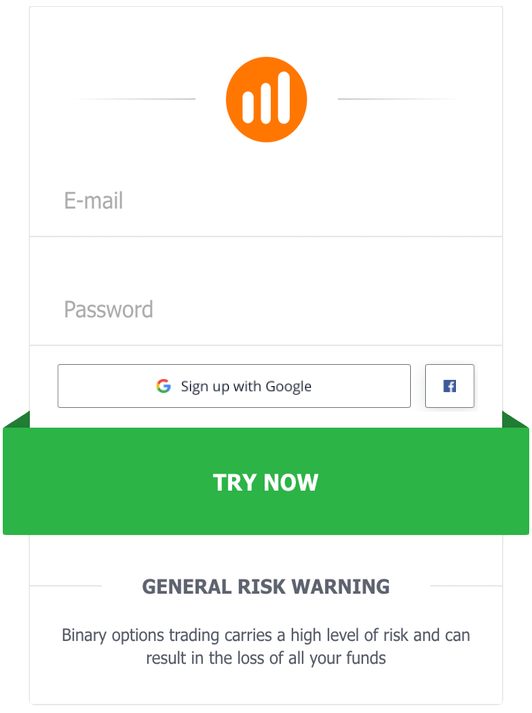


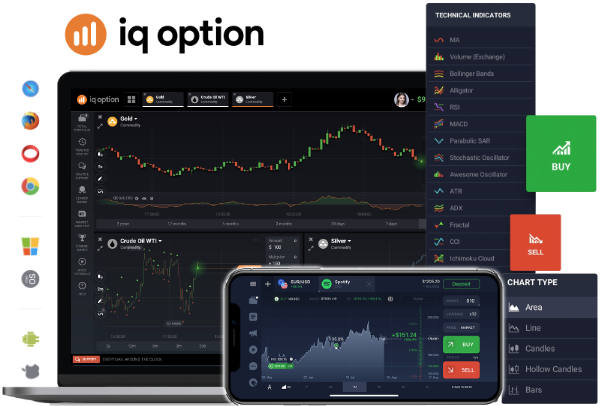

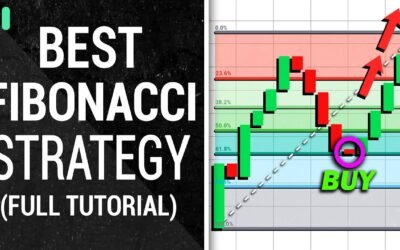

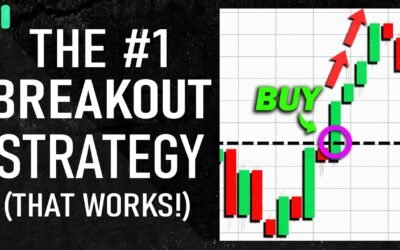

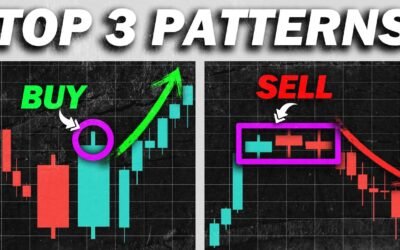



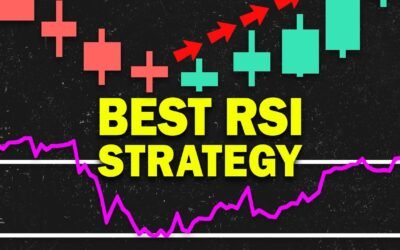
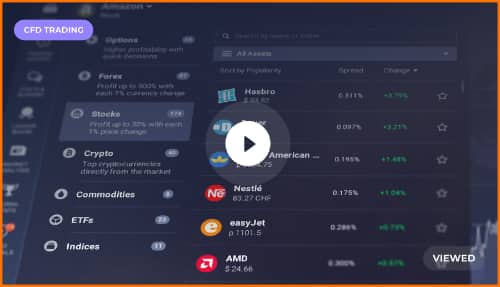 How to trade CFD? (00:49)
How to trade CFD? (00:49)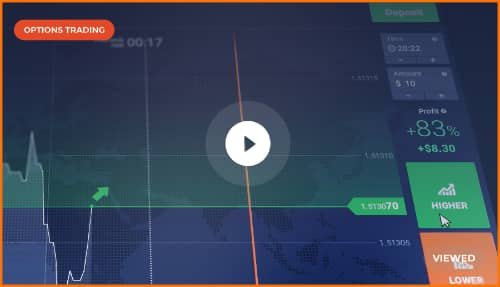 How to trade binary options*? (01:22)
How to trade binary options*? (01:22)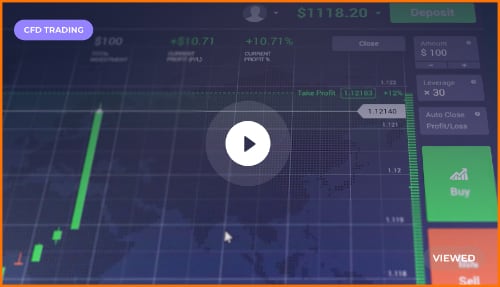 Forex. How to start? (01:01)
Forex. How to start? (01:01)